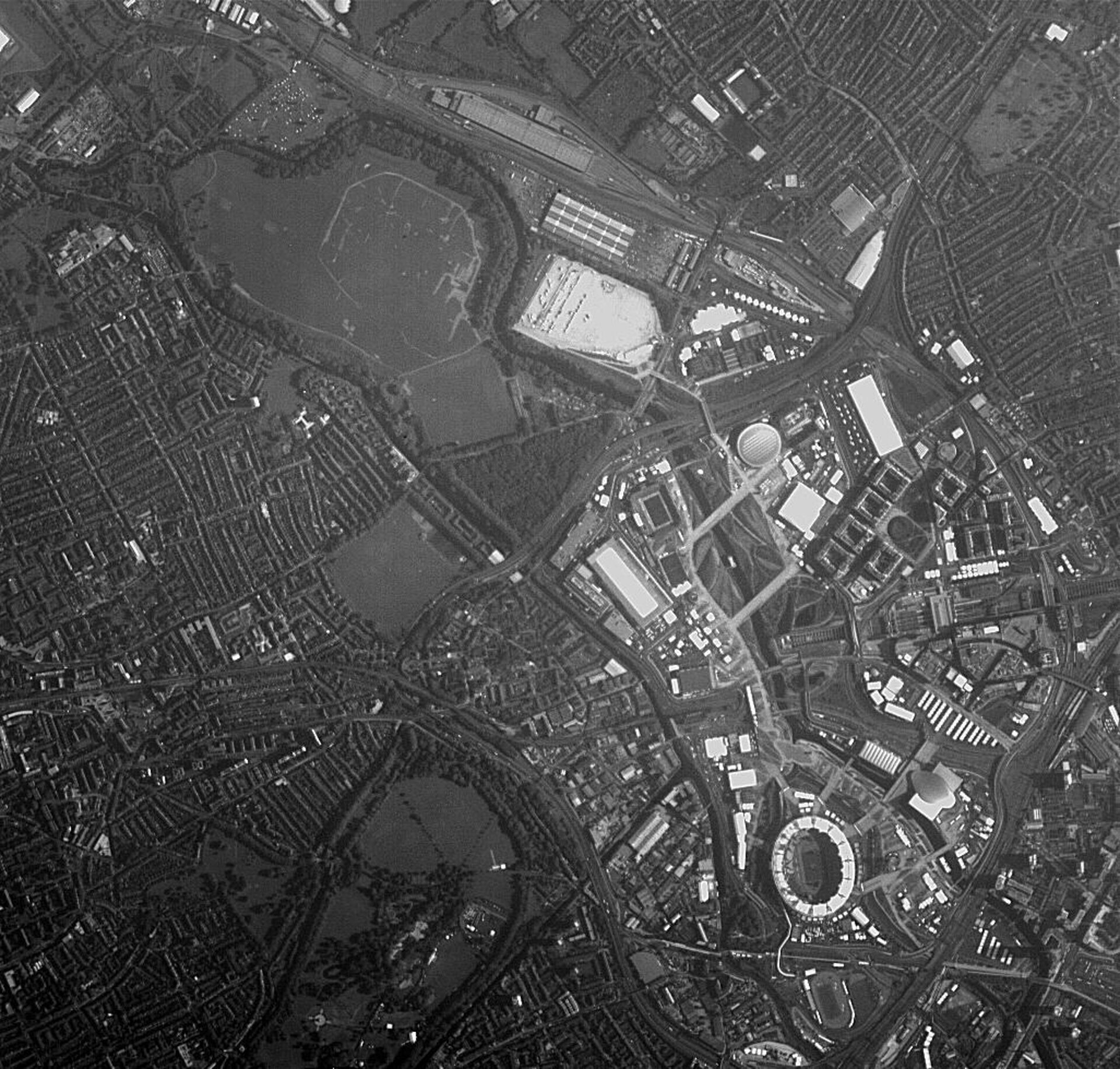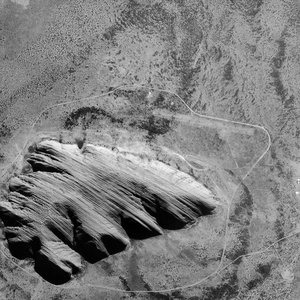Proba-1 microsat snaps Olympic neighbourhood
This Olympics has been watched from all over the world – and beyond. Benefiting from a cloudless sky, this view of London’s Olympic Park was captured by the smallest imager aboard ESA’s smallest mission: the High Resolution Camera on the Proba-1 microsatellite.
The Olympic Park, dominated by the circular Olympic Stadium, is visible towards the base of this 5 m-resolution image, with Victoria Park to its west and Hackney Marsh to the northwest.
This image was acquired by the High Resolution Camera (HRC). This black and white digital camera incorporates a Cassegrain telescope miniaturised to fit aboard Proba-1. Orbiting Earth at 720 km altitude, the entire satellite’s volume is less than a cubic metre.
HRC operates alongside Proba-1’s larger CHRIS (Compact High Resolution Imaging Spectrometer) hyperspectral imager, which takes 15 m-resolution scenes across a programmable selection of up to 62 spectral bands, from a variety of viewing angles. This HRC image was acquired on 11 August.
About Proba-1

Operational for more than a decade, Proba-1 was the first in ESA’s series of satellites aimed at providing in-orbit testing of new space technologies. Smaller than a cubic metre, Proba-1’s many experiments include the compact HRC that acquires monochromatic images with an area of 25 sq km.
Proba stands for ‘Project for Onboard Autonomy’ – both cameras are largely autonomous. Controllers at ESA’s Redu station in Belgium send up the location to be imaged – latitude, longitude and altitude – then the satellite itself does the rest, lining up its instruments with its target on the ground.
Proba-1 was launched in October 2001 as an experimental mission but is still going strong, having since been reassigned to ESA’s Earth observation team. This year a software fix returned its radiation-damaged star trackers to full operations.
In November 2009 Proba-1 was joined in orbit by Proba-2, focused on solar monitoring. Proba-V, to monitor global vegetation, is due to launch next year.















 Germany
Germany
 Austria
Austria
 Belgium
Belgium
 Denmark
Denmark
 Spain
Spain
 Estonia
Estonia
 Finland
Finland
 France
France
 Greece
Greece
 Hungary
Hungary
 Ireland
Ireland
 Italy
Italy
 Luxembourg
Luxembourg
 Norway
Norway
 The Netherlands
The Netherlands
 Poland
Poland
 Portugal
Portugal
 Czechia
Czechia
 Romania
Romania
 United Kingdom
United Kingdom
 Slovenia
Slovenia
 Sweden
Sweden
 Switzerland
Switzerland
































